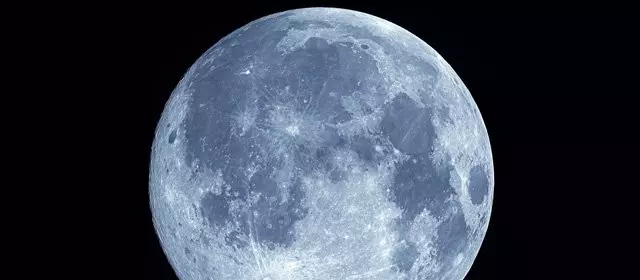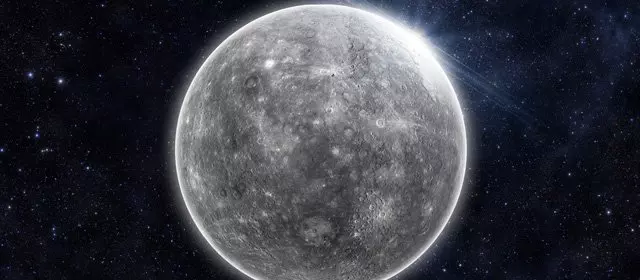Astrology evolves and transforms across different cultures. Western astrology studies the positions and interactions of the planets in our solar system, including the Moon. Each celestial body plays a specific role in our birth chart, with Earth serving as the observation point.
Since ancient times, the Sun and the planets visible to the naked eye (Moon, Mercury, Venus, Mars, Jupiter, and Saturn)have been used to interpret the world and human behavior. Over time, thanks to telescopes, new planets such as Uranus, Neptune, and Pluto were discovered. These discoveries have enriched astrological interpretations, even if Pluto's status remains debated among astronomers and astrologers. Other celestial bodies like Sedna, Ceres, and Chiron have also been identified. Sedna, the most distant, appears to influence collective dynamics. Ceres is linked to analysis and organization and may symbolize practical intelligence. Chiron, which lies between Saturn and Uranus, is associated with inner healing.
These new celestial bodies don’t challenge astrology, they refine and deepen it. It's worth remembering that our ancestors practiced a remarkably insightful form of astrology with only seven known planets. They even suspected there were more.
Today, astrology continues to evolve. Every discovery opens new avenues for exploration. What matters is interpreting with the tools we have, while remaining open-minded and curious. Astrology remains a living path, closely connected to the mysteries of existence.













